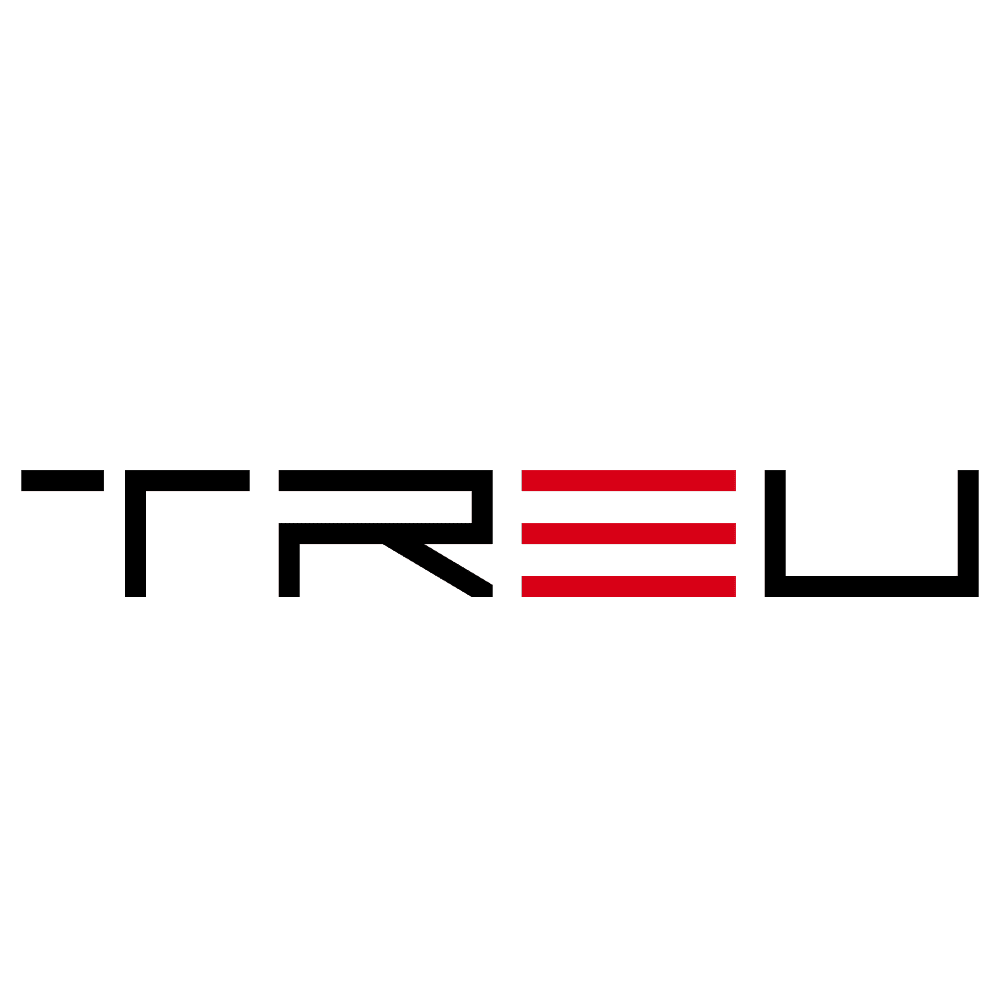Sam Altman Champions AI as Telecom Industry Embraces Transformation
AI and Telecom: A Convergence Poised to Redefine Connectivity
Artificial Intelligence is no longer a futuristic concept—it’s the current catalyst powering change across industries. Nowhere is this more evident than in the global telecom sector. Sam Altman, CEO of OpenAI and prominent voice in the AI space, has become one of the loudest advocates for integrating AI into telecommunications. In a recent piece, Altman outlined why he believes the telecom industry is on the cusp of a transformational era driven by AI, and how this convergence could revolutionize service delivery, network management, and customer experience.
As telcos put modernization at the forefront, Altman’s insights encourage telecom stakeholders to not only embrace AI but also reimagine what’s possible in a connected world.
The Telecom Industry’s Pressing Need for Transformation
The telecom sector has long grappled with aging infrastructure, rising operational costs, and constant demand for better service. However, unlike other digital-first industries, telecom has historically been slower to adapt to technological innovation—until now.
Why is transformation essential in telecom?
- Exploding Data Consumption: 5G, IoT, and video streaming are increasing network load at an unprecedented rate.
- Customer Expectations: Today’s consumers expect seamless connectivity, personalized services, and reactive customer support.
- Competitive Pressure: Tech-first entrants are disrupting traditional business models.
- Legacy Limitations: Many telcos are still tied to outdated legacy systems, creating operational inefficiency.
AI promises to alleviate these problems while unlocking new revenue streams and capabilities.
Sam Altman’s Vision: AI as a Telecom Accelerator
Altman envisions a future where telecommunications companies don’t just adopt AI solutions—they embed AI deeply into their operational fabric. According to Altman, the transformational power of AI isn’t just in automation, but in the capacity for AI models to make decisions, optimize networks, and suggest improvements more accurately and faster than any human could.
Some of the most promising applications Altman highlighted include:
- Real-Time Network Optimization: AI can analyze vast amounts of data to predict congestion and dynamically reroute data traffic.
- Predictive Maintenance: Machine learning algorithms can identify early warning signs of equipment failure, reducing downtime.
- Personalized Customer Experience: Chatbots powered by large language models, like OpenAI’s, are capable of offering nuanced self-service options that improve customer satisfaction.
- Operational Efficiency: Replacing manual network configurations and monitoring systems with AI for around-the-clock optimization.
AI as a Strategic Imperative, Not Optional Innovation
In Altman’s worldview, telcos that hesitate to integrate AI may find themselves left behind. “AI is not just a tool,” he posits, “It is an enabler of a new era in telecom.” The rapid evolution of models like GPT-4 and beyond are enabling telecoms to:
- Automate customer service interactions with natural language processing at scale
- Accelerate R&D cycles by simulating millions of scenarios within minutes
- Optimize investment strategy by predicting where infrastructure upgrades are most needed
Altman makes it clear: waiting on AI adoption risks obsolescence.
The Human + Machine Partnership: Shaping the Workforce of the Future
A popular concern among telcos is how AI adoption might affect their workforce. Altman counters this fear by promoting a hybrid model of “human and AI collaboration.” Rather than replacing workers, he sees AI elevating job roles and removing repetitive burdens from engineers and customer service agents alike.
Job enhancement opportunities include:
- Supporting field engineers with real-time AR-driven AI guidance during infrastructure repairs
- Empowering technicians to focus on high-level diagnostics while AI handles routine tasks
- Strengthening cybersecurity teams with AI threat-detection models that can identify anomalies faster than traditional systems
Companies that embrace AI should invest simultaneously in reskilling their workforce to thrive in increasingly digital-first operations.
An Ecosystem-Level AI Strategy is Key
Altman’s argument isn’t just that telecoms need AI—they need to think big. Deploying one-off applications without a coherent strategy may achieve incremental efficiency but will fall short of transformative results. What’s needed, Altman suggests, is an ecosystem approach to AI adoption.
Steps to build a solid AI-telecom ecosystem include:
- Establishing centralized AI governance to ensure data consistency and model transparency
- Creating AI-compatible infrastructure, such as edge computing environments for low-latency use cases
- Opening partnerships between telecoms, AI developers, and academic institutions to drive innovation
- Implementing feedback loops that enable AI systems to improve in real time
This long-term strategy creates a scalable and secure foundation for innovation, risk management, and continuous improvement.
Use Cases Already in Motion
Altman’s thoughts are not just theoretical—leading telecom players are already making significant strides:
- AT&T is using AI to predict and prevent outages by analyzing historical data from its millions of devices.
- Vodafone launched an AI-based chatbot that handles over 60% of customer interactions without human intervention.
- China Mobile is leveraging machine learning to optimize its vast 5G network for lower energy consumption and higher throughput.
These examples reflect how AI can deliver tangible ROI and operational excellence.
Challenges to AI Adoption Are Real—but Surmountable
Despite the promise, Altman acknowledges that AI adoption within telecom won’t be without its hurdles. Key concerns include:
- Data privacy and compliance
- Bias in AI model training
- Integration complexity with legacy systems
- Lack of skilled AI talent within the telecom space
To bridge these gaps, he recommends comprehensive pilot programs, transparent AI practices, and upskilling initiatives that prepare organizations for AI-first operations.
The Future is Programmable and Predictive
Sam Altman’s optimism about AI in telecom is grounded in more than potential—it’s backed by the rapid momentum of real-world adoption. As machine learning grows more sophisticated, and as telcos begin to modernize networks in earnest, the landscape of telecommunications will increasingly shift toward one that is programmable, predictive, and personalized.
Telecom operators face an important crossroads: either seize the AI moment now or risk falling irreversibly behind.
Final Thoughts: AI is the Engine of Telecom’s Reinvention
AI presents the telecom industry with a rare dual opportunity: to gain immediate operational efficiency and to lay the groundwork for revolutionary, AI-first business models. Sam Altman’s recent perspectives are a clarion call for the industry to move swiftly, thoughtfully, and boldly.
Key Takeaways:
- AI is integral to telecom modernization—not a luxury add-on
- Automation, personalization, and optimization are key benefits
- The most successful strategies will integrate AI across organizational layers
- Human+Machine models will dominate the next-generation telecom workforce
As Altman aptly puts it, “AI isn’t just coming to telecom—it’s already here.” The question telecom leaders must now answer is: Which Telcos will lead the transformation and which will chase it and risk becoming irrelevant?

